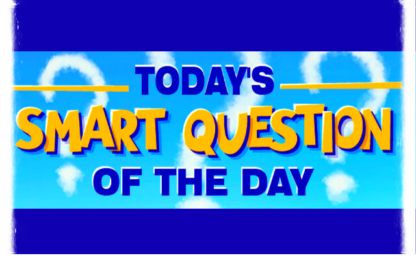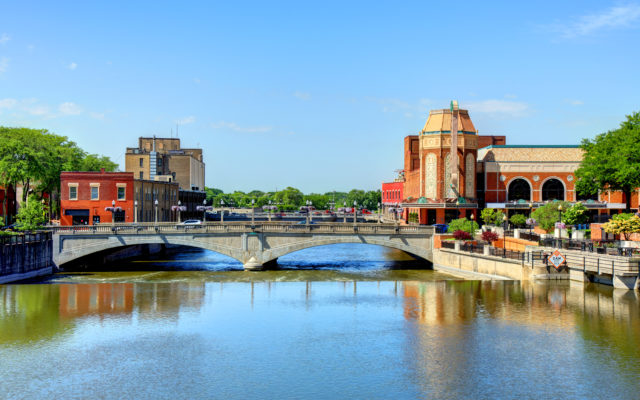What You Need to Know for Watching the Eclipse from Home
Total solar eclipses are truly once-in-a-lifetime events.
In a perfect world, we’d all take off work, go to the path of totality and enjoy the wonder that will the eclipse on April 8th.
In reality, most of us will have to work, kids have school, and even if we did travel, the traffic will be insane and space to enjoy it will be limited.
If you are like me, and will be watching the eclipse from home or work, here is some information for you to maximize the experience.
First and foremost, protect yourself! Don’t be tempted to look at it, even with regular sunglasses. Find a pair of eclipse glasses, which are thousands of times darker than regular shades. They are cheap and/or free and most big box stores. Your local forest preserve may also have them to hand out…check out their social pages and websites. The only time its safe to view the eclipse with the naked eye is during 100% totality…and no where in our area will be in 100% totality!
Secondly…the timing. For those of us who choose to stay in northern Illinois, more than 90% of the sun obscured by the moon at its peak. The eclipse will start at about 12:50 in the afternoon and last until about 3:20, with maximum coverage occurring at 2:07 p.m.
Check out the eclipse simulator above (the video above, thanks to Eclipse2024.org) that shows what it will look like from our point of view here in Chicagoland…that is, if the clouds stay away…and that’s a BIG IF.
THIRDLY…the weather. Everyone’s enjoyment of this rare celestial event is predicated on Mother Nature allowing us to view it.
The forecast for clouds hasn’t been great, but if you look at the latest models, that trend may be changing! Forecasts will soon become a bit more clear on what the conditions will be, so here’s hoping for sunshine for a few hours on the 8th! You can click here to get the LATEST cloud forecast!
Here is the place to keep an eye on cloud cover as April 8th approaches.
In more eclipse news, eople on the edge of the “path of totality” may want to move a little close to the middle of it. The predicted edges aren’t exact, and could be off by a few hundred yards thanks to uncertainty in the Earth’s rotation . . . and because we don’t know exactly how big the Sun is. “Forbes” posted a list of 15 populated areas that could be affected, including parts of Austin, San Antonio, Cincinnati, and Toronto. There’s a map that might also be helpful if you zoom in. The red lines are the original prediction. The orange ones show the new possible edges.
Also, NASA is launching three rockets into the Moon’s shadow to see how the eclipse affects the ionosphere . . . and a comet larger than Mount Everest known as the “Devil Comet” might be visible during the eclipse.






